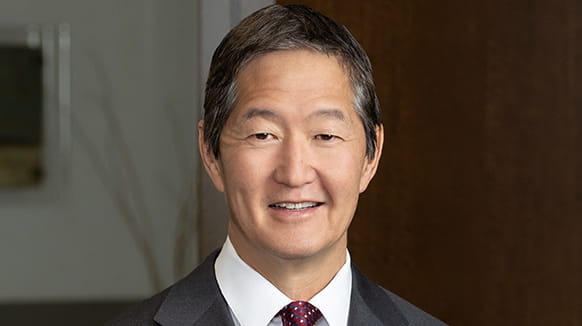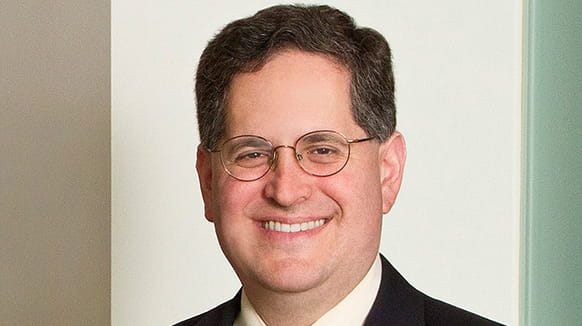On July 14, 2016, the U.S. Patent and Trademark Office ("USPTO") released a memorandum to patent examiners (“the Memo”) stating that the rulings in Rapid Litigation Management v. CellzDirect1 and Sequenom v. Ariosa2 do not change the PTO’s approach to the subject matter eligibility framework. The Memo also states that the cases are consistent with the USPTO’s current guidance and training examples. While these recent judicial rulings may not have changed how the USPTO analyzes subject matter eligibility, the Memo notes that Rapid Litigation Management provides additional information and clarification with regard to whether claims are directed to an abstract idea in life sciences-directed patent applications.
Rapid Litigation Management involved claims directed to “a method of producing a desired preparation of multi-cryopreserved hepatocytes.” Claim 1 below is a representative claim:
- A method of producing a desired preparation of multi-cryopreserved hepatocytes, said hepatocytes, being capable of being frozen and thawed at least two times, and in which greater than 70 percent of the hepatocytes of said preparation are viable after the final thaw, said method comprising:
(A) subjecting hepatocytes that have been frozen and thawed to density gradient fractionation to separate viable hepatocytes from non-viable hepatocytes,
(B) recovering the separated viable hepatocytes, and
(C) cryopreserving the recovered viable hepatocytes to thereby form said desired preparation of hepatocytes without requiring a density gradient step after thawing the hepatocytes for the second time, wherein the hepatocytes are not plated between the first and second cryopreservations, and wherein greater than 70 percent of the hepatocytes of said preparation are viable after the final thaw.
In characterizing the claims, the U.S. Court of Appeals for the Federal Circuit reasoned that the inventors “developed an improved process of preserving hepatocytes”, and that the patented process “has a number of advantages over the prior art.” In determining that the claims were not directed to a patent-ineligible concept, the court explained that the method required “a number of concrete steps to achieve the desired preparation” and that the “end result is a preparation of multi-cryopreserved cells that can be thawed for immediate use, retaining 70 percent viability.” The court focused on that end result of the claims, stating that it was “not simply an observation or detection of the ability of hepatocytes to survive multiple freeze-thaw cycles.” Rather, the court concluded that “the claims are directed to a new and useful process of creating that pool [of multi-cryopreserved hepatocytes], not to the pool itself.”
The Memo highlights this emphasis on the end result of the process, reiterating that the end result of the claims was not simply an “observation or detection of the ability of hepatocytes to survive multiple freeze-thaw cycles,” but rather process steps that manipulate the hepatocytes in accordance with their ability to achieve a desired outcome.
Sequenom involved claims directed to certain methods of using cell-free fetal DNA (“cffDNA”). For example, independent claim 1 of the patent at issue recites:
- A method for detecting a paternally inherited nucleic acid of fetal origin performed on a maternal serum or plasma sample from a pregnant female, which method comprises amplifying a paternally inherited nucleic acid from the serum or plasma sample and detecting the presence of a paternally inherited nucleic acid of fetal origin in the sample.
The Federal Circuit concluded that the claims in Sequenom were not patent eligible, stating that they were “directed to a multistep method that starts with cffDNA taken from a sample of maternal plasma or serum –a naturally occurring non-cellular fetal DNA that circulates freely in the blood stream of a pregnant woman” and “ends with paternally inherited cffDNA, which is also a natural phenomenon.” The court concluded that “[t]he method therefore begins and ends with a natural phenomenon” and “the claims are directed to matter that is naturally occurring.” The court further explained that the amplifying and detecting steps were well-understood, routine, and conventional, and that “the only subject matter that was new and useful as of the date of the application was the discovery of the presence of cffDNA in material plasma or serum.”
Ultimately, while Rapid Litigation Management and Sequenom may not have changed the framework for determining whether a claim is directed to an abstract idea, these recent rulings provide additional guidance to help distinguish the patentable subject matter in life science-directed patent applications. Patent practitioners may find it useful to focus on the end result of a claim, and how something is manipulated (even if based on a natural phenomenon) to achieve a desired end result, in rebutting allegations by the USPTO of patent subject matter ineligibility under 35 U.S.C. §101.
For more information contact one of the lawyers listed below.
1 No. 2015-1570 (Fed. Cir. July 15, 2016).
2 No. 15-1182 (June 27, 2016).

